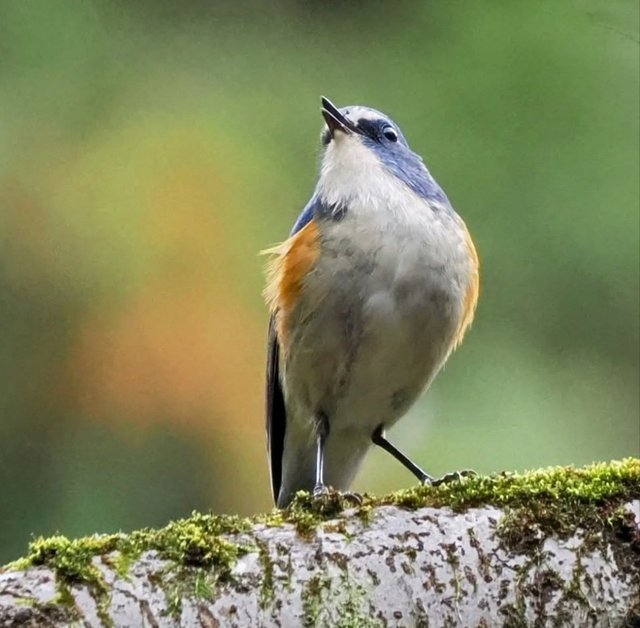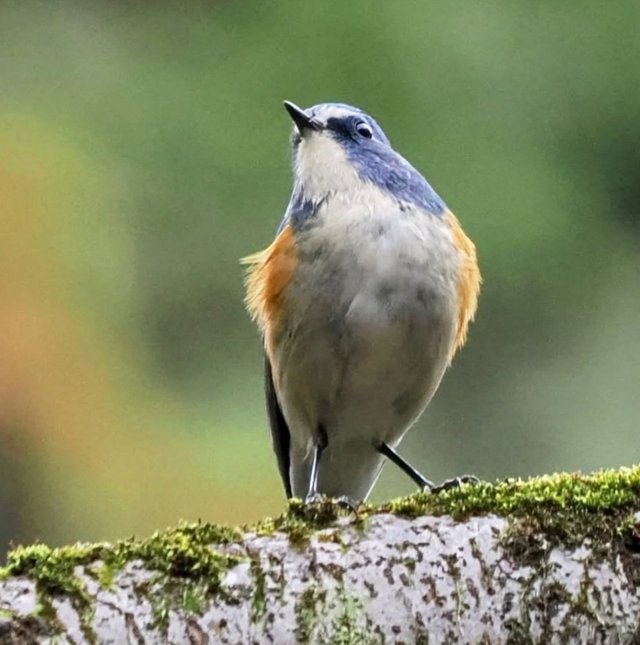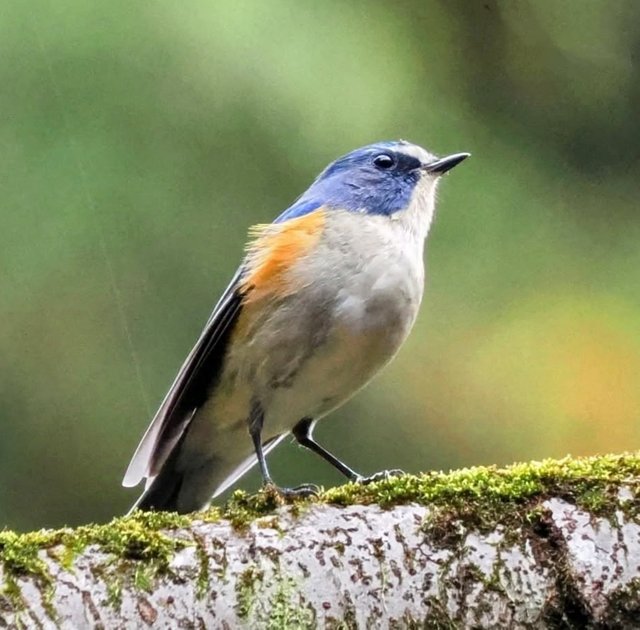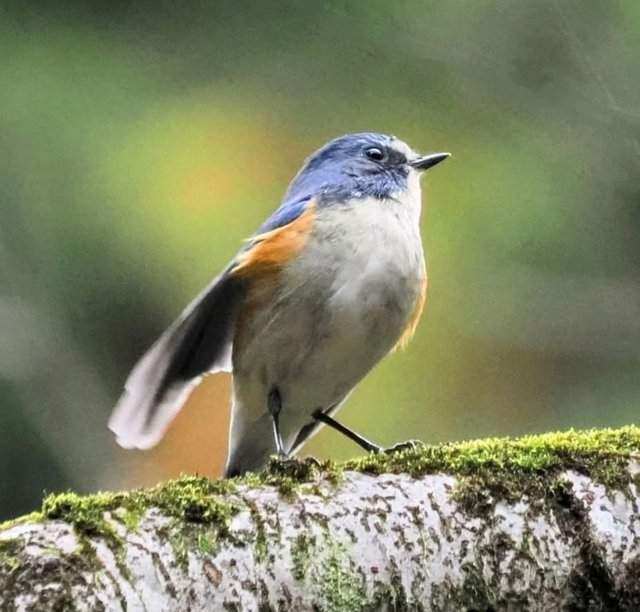So Beautiful Red-flanked Bluetail Bird
The Red-flanked Bluetail, also known as the Orange-flanked Bush-robin, is a fascinating small bird that has captured the attention of birdwatchers and ornithologists alike. Belonging to the family Muscicapidae, this vibrant passerine is renowned for its striking coloration, intriguing behavior, and widespread range across parts of Asia and Europe. Let’s dive into the details of this remarkable bird.
Description
The Red-flanked Bluetail is a medium-sized songbird, measuring about 13–14 cm in length with a wingspan of approximately 20–22 cm. It weighs a mere 10–18 grams. The most distinguishing feature of this bird is its dazzling blue plumage, particularly prominent in males. Adult males exhibit vivid blue upperparts, a striking orange patch on their flanks, and a white belly. Females and juveniles, while less colorful, are equally charming with their olive-brown upperparts, orange flanks, and subtle hints of blue on the tail and wings.
During the non-breeding season, males lose some of their vibrant coloration, appearing duller but still distinguishable by their bluish hues and orange flanks. The bird’s large, dark eyes give it an alert and curious appearance, which is a delight to observe in the wild.
Habitat and Distribution
The Red-flanked Bluetail is a migratory species, breeding in the boreal and montane forests of Siberia, northeastern Europe, and parts of East Asia, including China and Japan. It prefers coniferous or mixed forests with dense undergrowth, particularly in colder regions. During the winter, it migrates south to warmer areas, spreading across Southeast Asia, India, and parts of the Middle East.
In recent years, the species has been observed as a rare vagrant in western Europe, including countries like the United Kingdom, where sightings spark excitement among bird enthusiasts.
Behavior and Diet
Red-flanked Bluetails are shy and elusive, often staying low to the ground in dense vegetation. Despite their reserved nature, they are active and agile, frequently flicking their tails as they move. Their melodic and flute-like song, often described as sweet and haunting, is most prominent during the breeding season.
The bird’s diet consists mainly of insects, spiders, and other small invertebrates. In autumn and winter, they supplement their diet with berries and seeds, showcasing their adaptability to seasonal changes in food availability.




